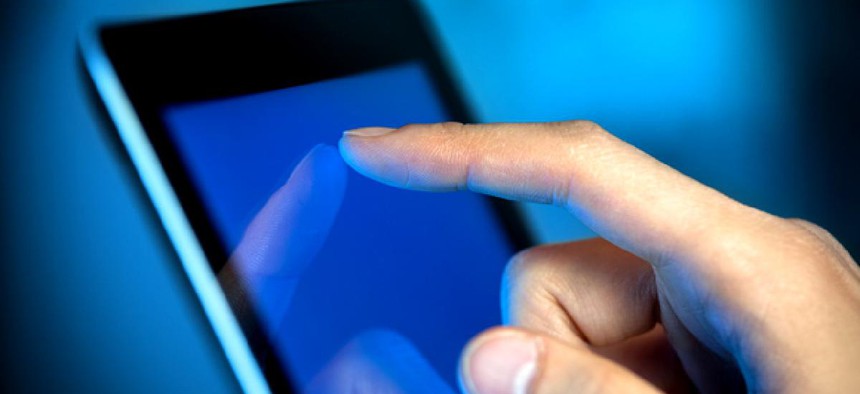Agencies seek more guidance on mobile technology

bloomua/Shutterstock.com
Lack of policy and security guidance is hindering BYOD and other goals.
Government agencies want more guidance on how to safely and smartly adopt new mobile technology programs, such as bring-your-own-device plans, an interagency group of chief information officers said Wednesday.
Without more central guidance on security, policy and legal considerations, agencies adopting BYOD policies, building internal app stores and launching other mobile projects may waste money and take on unnecessary risks, according to the report from the Federal CIO Council.
Agencies are also hampered by the lack of governmentwide contract vehicles for many mobile devices, the report said.
The report recommended that officials:
- Develop more complex standards for how government information should be handled on smartphones and tablets.
- Create a governmentwide team to evaluate the legal, technical and privacy implications of federal employees using non-government provided mobile devices.
- Create either agency-wide or governmentwide guidance for procuring mobile devices.
- Continue working on guidance to ensure government information is sufficiently encrypted on mobile devices and that the people using those devices are sufficiently authenticated.
OMB and the CIO Council will work toward fulfilling some of these recommendations in the coming months, the report said.
The report is part of the federal digital strategy released by U.S. Chief Information Officer Steven VanRoekel in May. In addition to making mobile adoption more flexible, that document advocated helping agencies buy mobile technology in a cheaper and more efficient way and making more information available to the public online and on mobile devices.
The study was partly based on interviews with technology and procurement officials across government.
“All but one of the agencies and sub-organizations interviewed have expanded or are planning to expand user options for mobile technologies beyond current implementations of laptops and mobile devices,” the report said, “often including newer models of smartphones and tablet computing devices.”
(Image via bloomua/Shutterstock.com)






